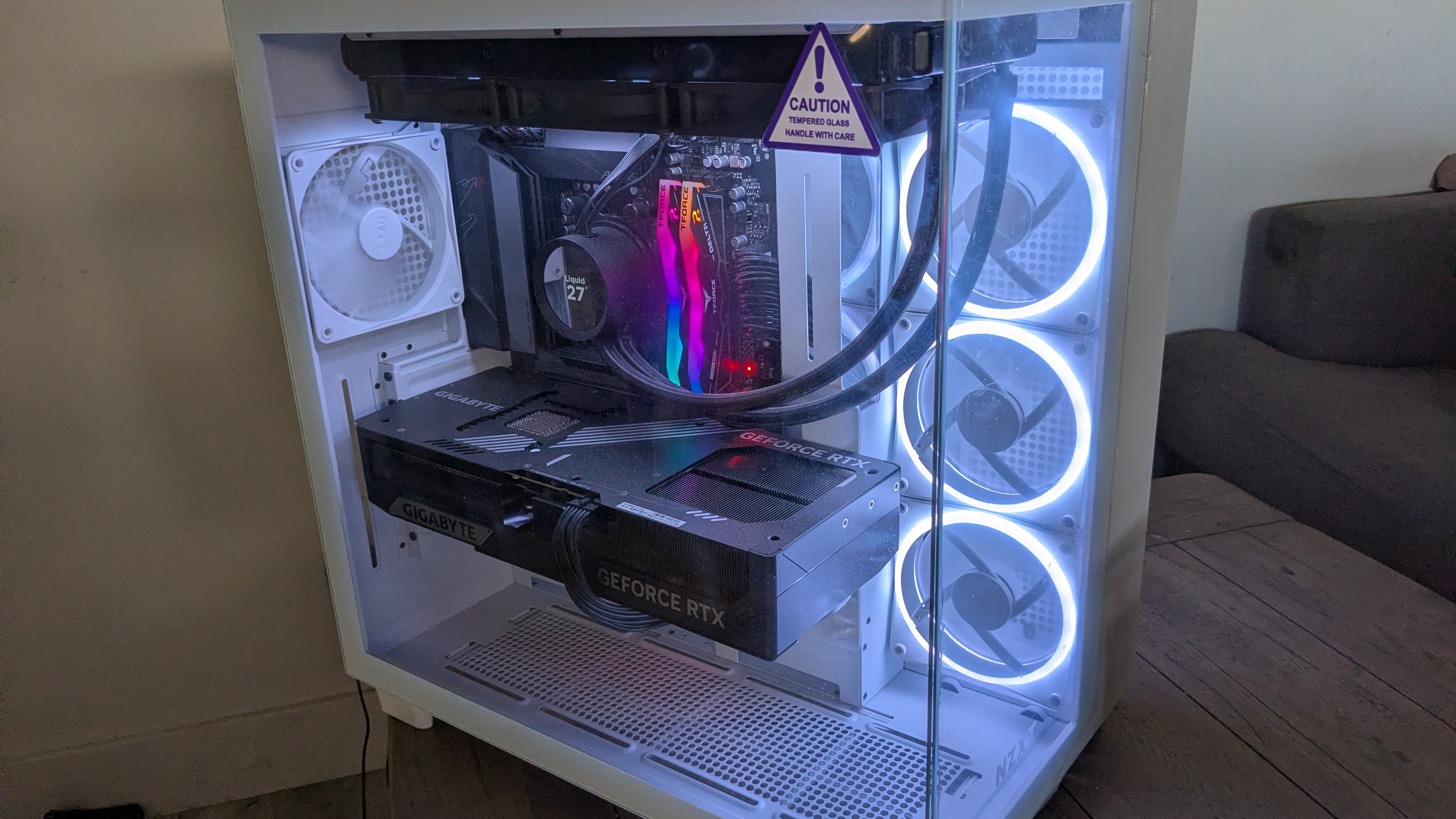Up to 700% faster than any interface in your gaming PC: PCI-SIG announces the specification goals for PCIe 8.0
A 16x PCIe 8.0 graphics card slot could shift data at 1 TB/s, 7% faster than the VRAM on an RTX 5080.
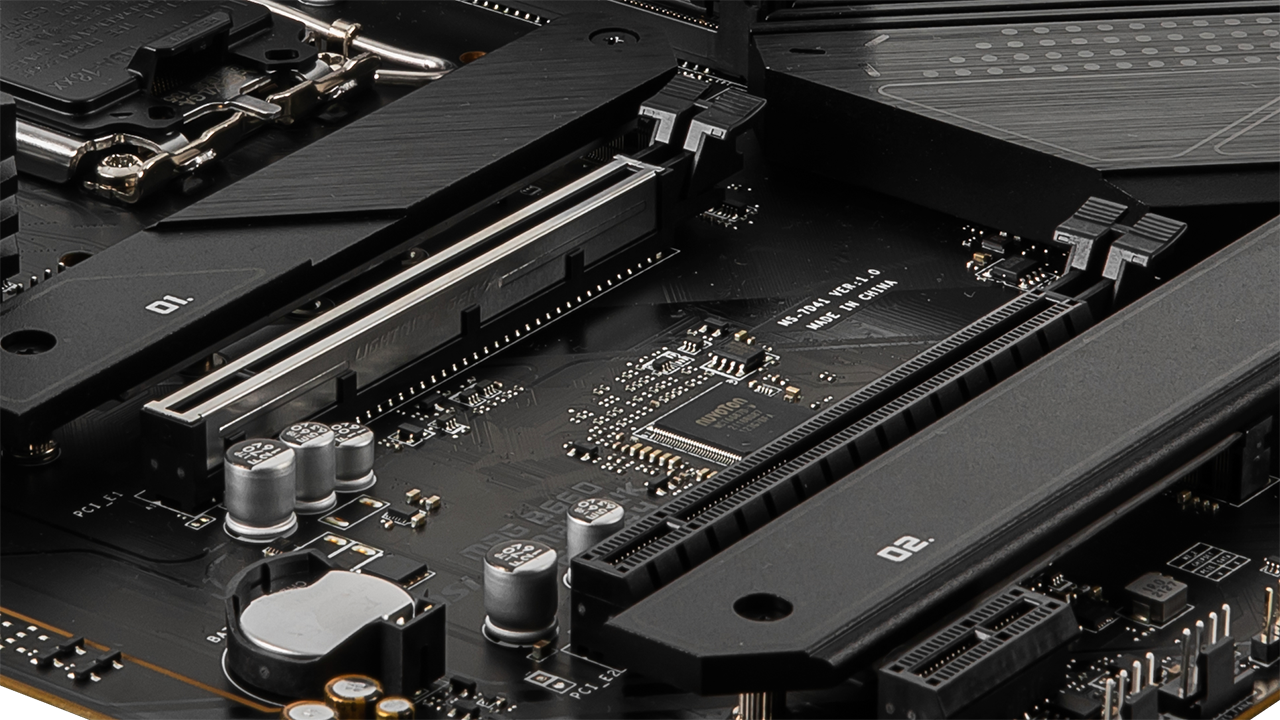
Desktop PCs have only been supporting the PCIe 5.0 interface for a couple of years, and the first PCIe 6.0 SSD appeared just last month, but progress waits for nobody. To that end, electronics consortium PCI-SIG has announced the specification goals for PCIe 8.0, proving that the relentless drive for doubling the data rate with each version continues unabated.
Before you ask, PCIe 7.0 hasn't been skipped or anything like that. In fact, the specs for that version were only just finalised in June of this year. In other words, all the details about how PCIe 7.0 will work are now complete and won't change. With regards to PCIe 8.0, though, all that's been fundamentally agreed upon so far is the data transfer speed.
With each version of the PCI Express interface, starting from 1.0 through to the latest 7.0 spec, the rate at which data can be transferred has doubled. The first version had a maximum rate of 500 MB/s per PCIe lane. If you have a new AMD or Intel gaming PC, then you might have a PCIe 5.0 graphics card slot or SSD, and that tops out at 8 GB/s per lane.
PCI-SIG says that PCIe 8.0 will breeze past that, targeting a frankly ridiculous 64 GB/s per lane, 700% higher than PCIe 5.0. That would result in a 16x graphics card slot having a theoretical peak transfer rate of 1 TB/s—more than you get from the VRAM on a GeForce RTX 5080 (960 GB/s).
The announcement doesn't mention what type of signalling PCIe 8.0 will use, but I suspect that it will continue to be PAM4 (Pulse Amplitude Module 4-level), as used in PCIe 6.0 and 7.0. The PCIe 5.0 slots in your gaming PC communicate using NRZ (Non-Return to Zero), so why do the newer specs use PAM4?
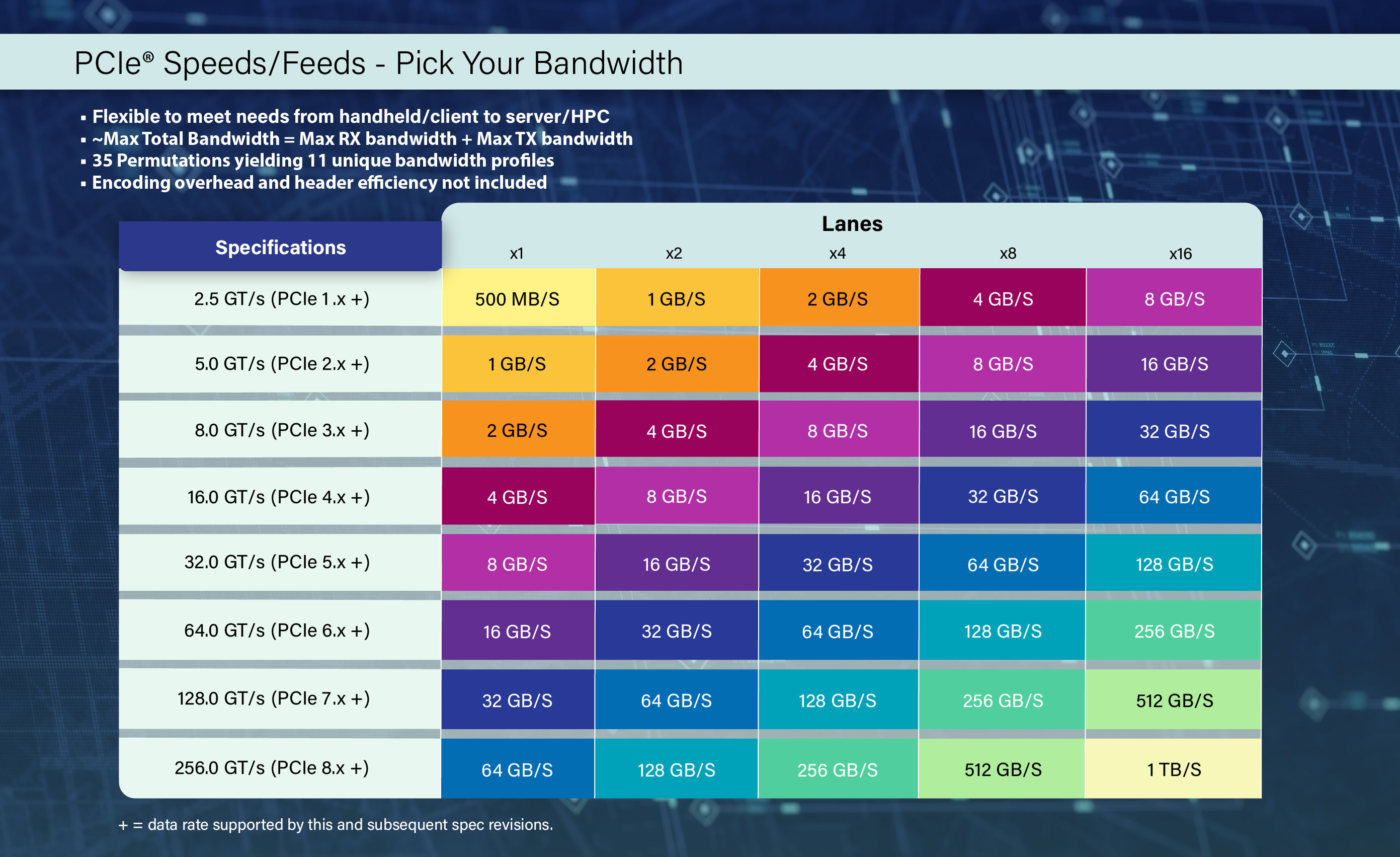
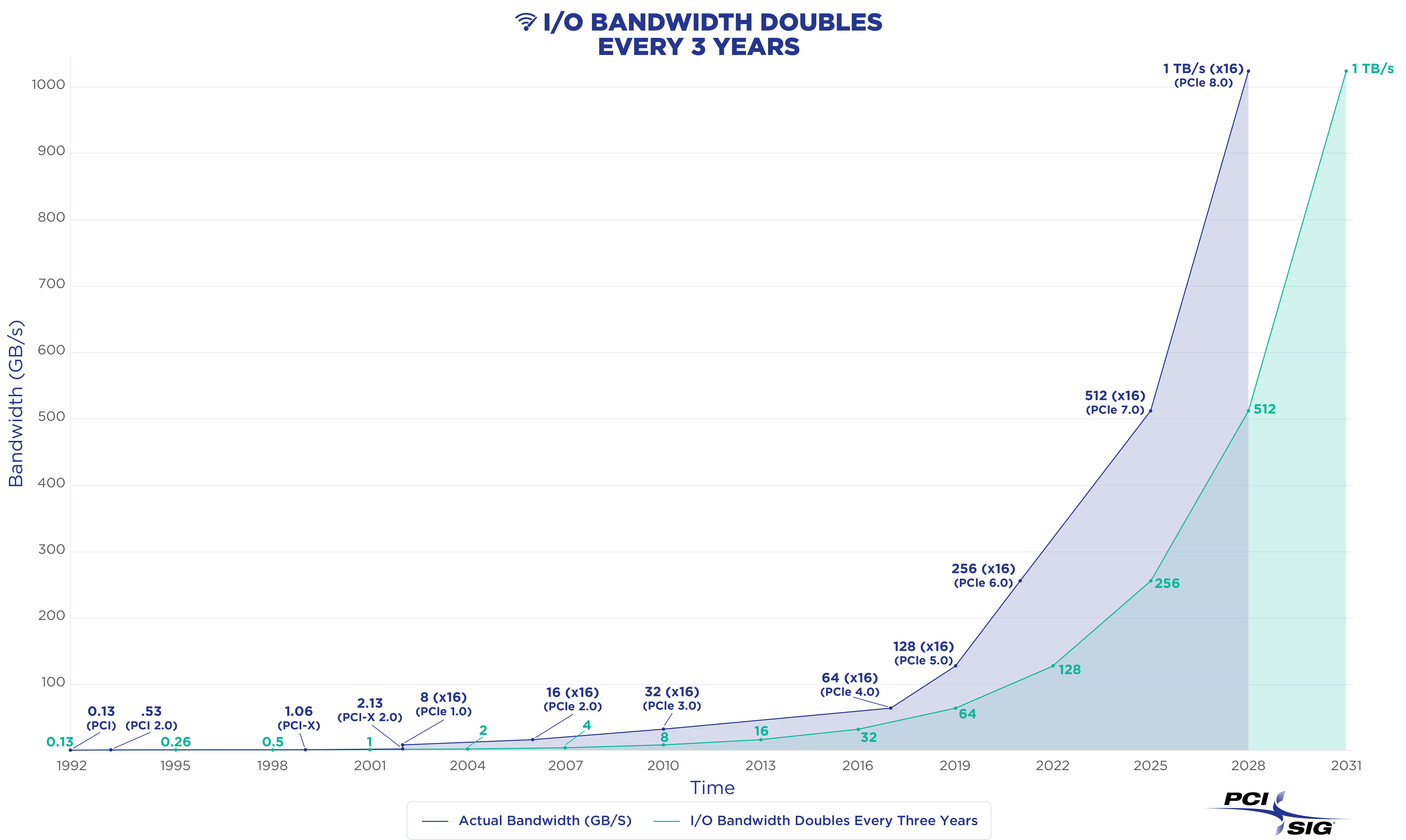
It's down to the fact that NRZ's baud rate (signal events per second) and bit rate are exactly the same, whereas with PAM4, the bit rate is twice that of the baud rate. In plain English, it means you can shift more data without having to ramp up the clock speeds.
In theory, PCIe 8.0 could use PAM8 to get a data rate three times the baud rate, which would help to temper the clock speed increase, but it would be very expensive to implement. This is because the more levels you add to the amplitude modulation, the smaller the differences between each level become, and the more interference can cause data errors.
Keep up to date with the most important stories and the best deals, as picked by the PC Gamer team.
To get around this, you need complex circuitry to capture and correct the errors, and very high manufacturing tolerances to prevent them in the first place. Hence why I suspect PCIe 8.0 will stick with PAM4 and 'just' double the clock speeds of the differential strobes that are used to time data transfers.
PCI-SIG is targeting 2028 for the finalisation of the specification, though I should imagine many a PC gamer couldn't care less about PCIe 8.0 when we've pretty much only just got PCIe 5.0 support in our rigs.
And it doesn't help when the spec announcement says "PCIe 8.0 specification is aimed at supporting emerging applications like Artificial Intelligence/Machine Learning, high-speed networking, Edge computing and Quantum computing." There's not even a slight hint of gaming in that statement.
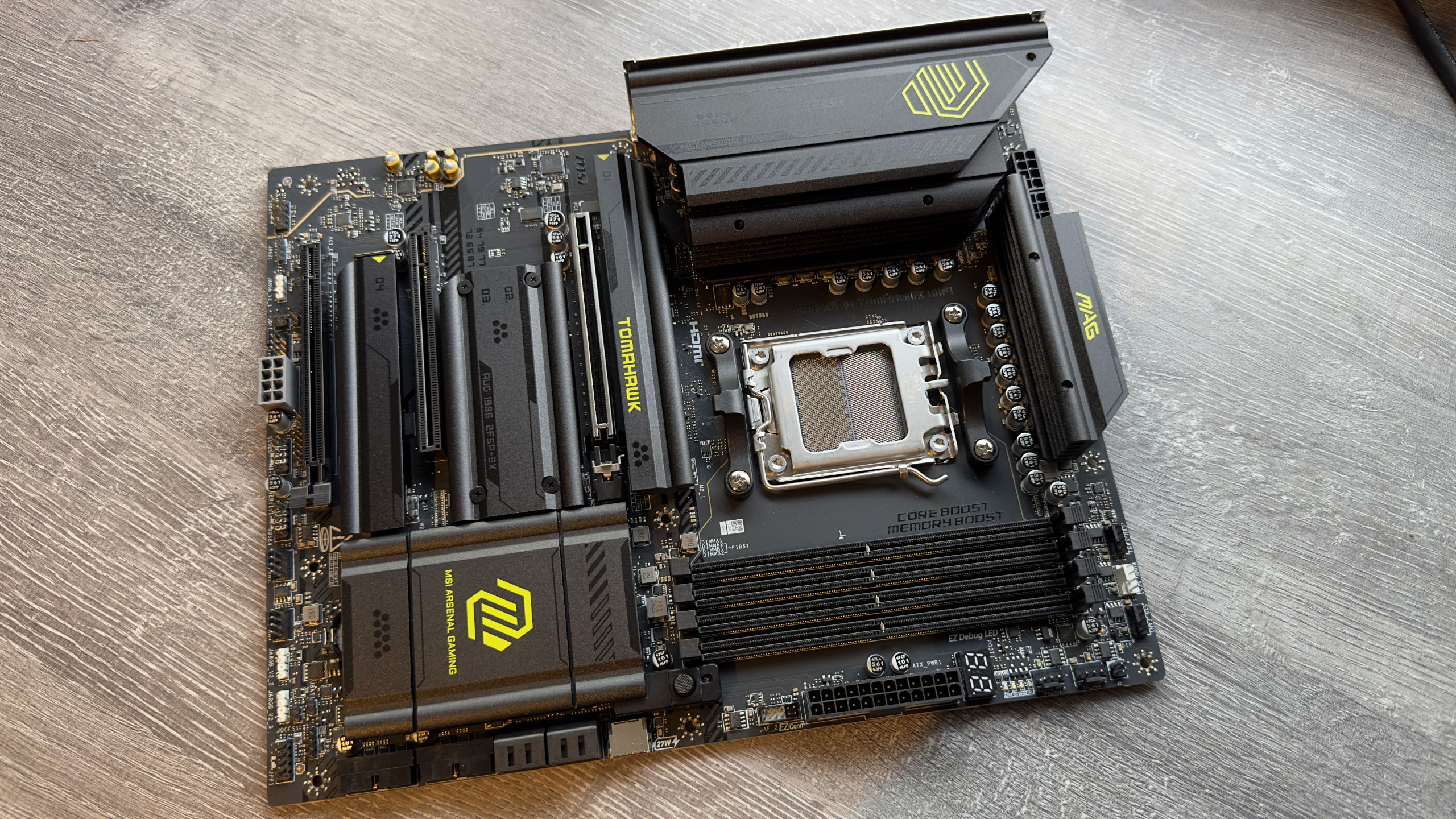
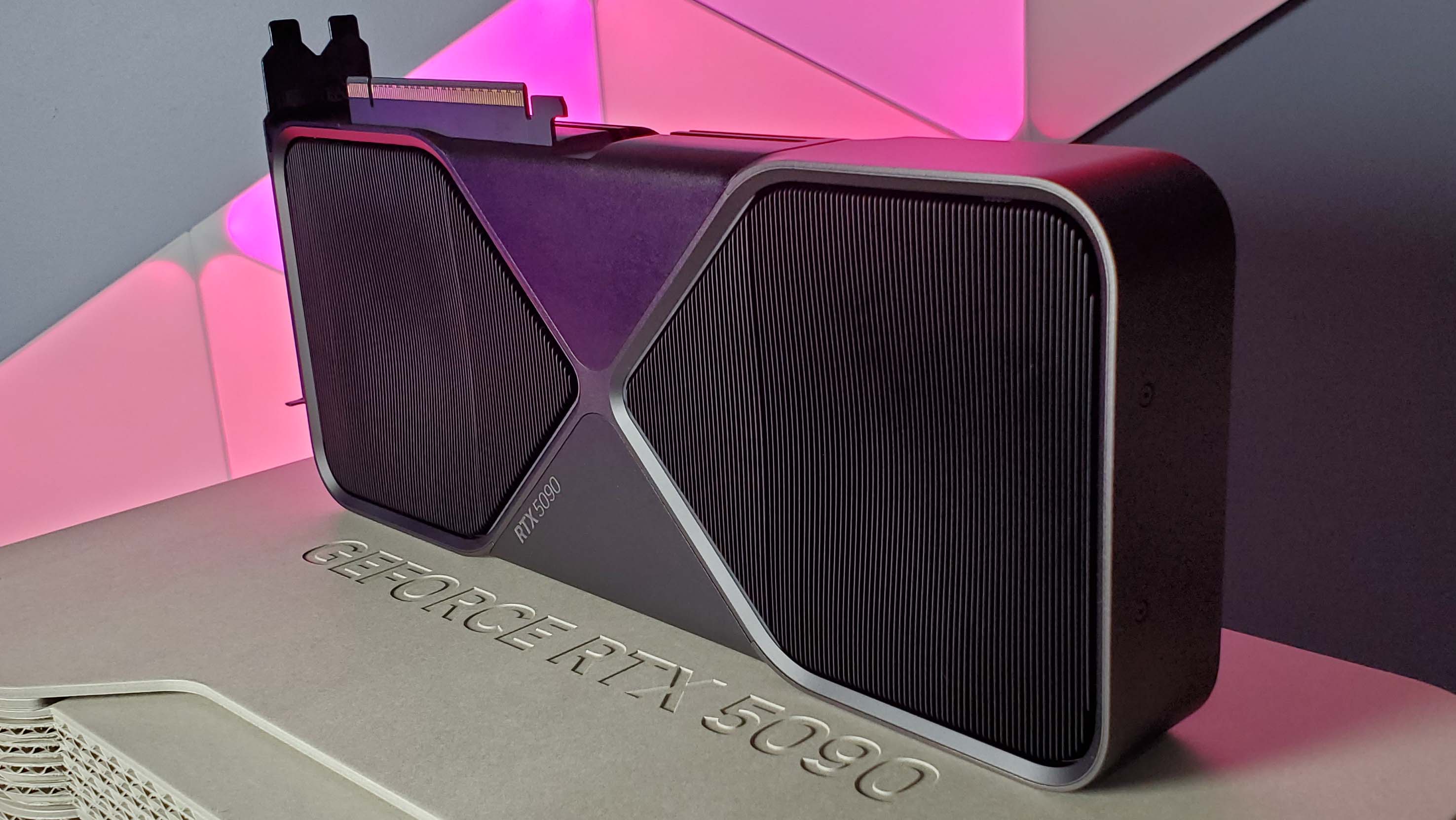

However, it's actually a good thing that these industries, rather than consumer/gaming devices, will be the first to implement the specification. PC gamers have to deal with enough glitches, oddities, and twitchy behaviours with their rigs, without having to be guinea pigs for a brand-new piece of technology.
By the time PCIe 8.0 filters down to your average PC, the hardware industry will have had plenty of experience of dealing with it, so when the time comes to buy your first PCIe 8.0 CPU, motherboard, and graphics card, they should all work flawlessly together. Well, relatively flawless. I'm looking at you, RTX 50 cards.
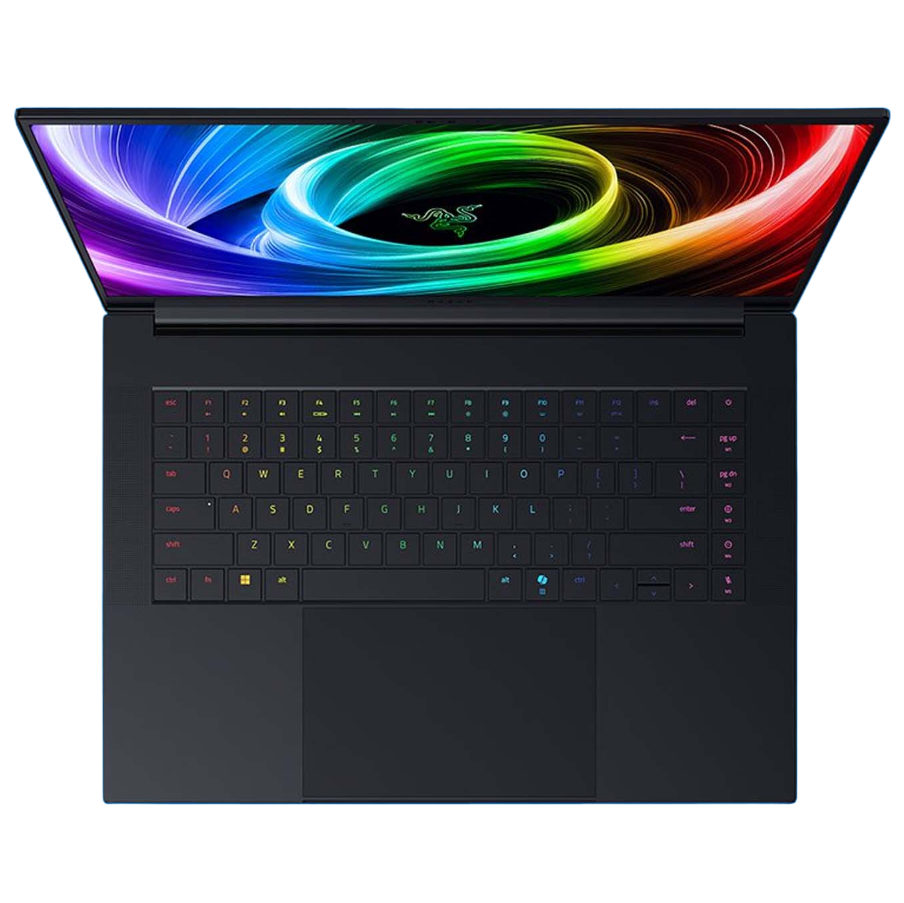
👉Check out our list of guides👈
1. Best gaming laptop: Razer Blade 16
2. Best gaming PC: HP Omen 35L
3. Best handheld gaming PC: Lenovo Legion Go S SteamOS ed.
4. Best mini PC: Minisforum AtomMan G7 PT
5. Best VR headset: Meta Quest 3

Nick, gaming, and computers all first met in the early 1980s. After leaving university, he became a physics and IT teacher and started writing about tech in the late 1990s. That resulted in him working with MadOnion to write the help files for 3DMark and PCMark. After a short stint working at Beyond3D.com, Nick joined Futuremark (MadOnion rebranded) full-time, as editor-in-chief for its PC gaming section, YouGamers. After the site shutdown, he became an engineering and computing lecturer for many years, but missed the writing bug. Cue four years at TechSpot.com covering everything and anything to do with tech and PCs. He freely admits to being far too obsessed with GPUs and open-world grindy RPGs, but who isn't these days?
You must confirm your public display name before commenting
Please logout and then login again, you will then be prompted to enter your display name.

